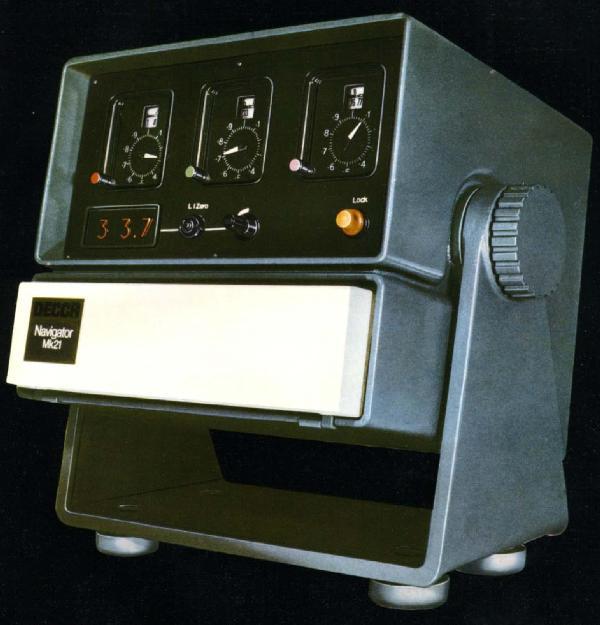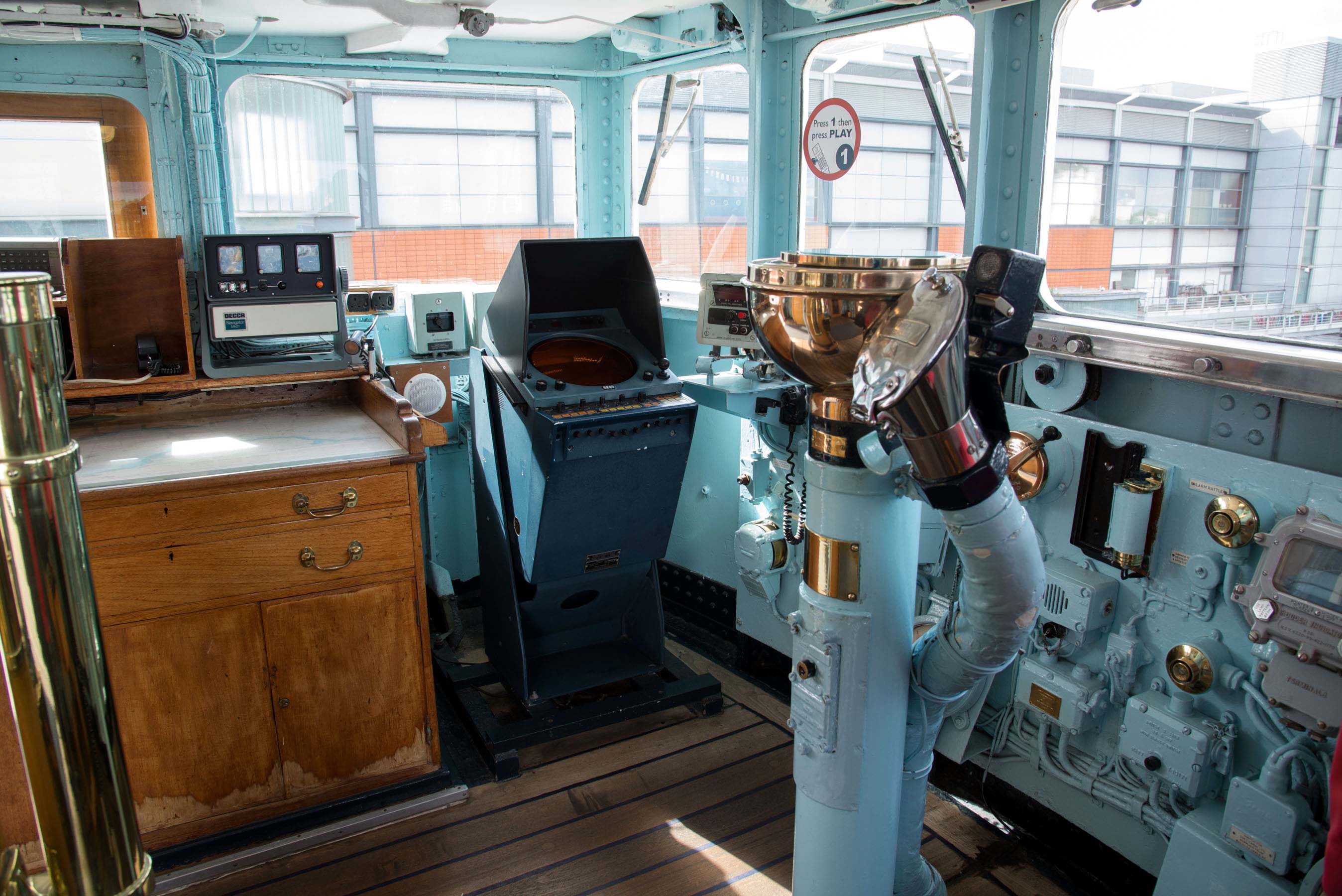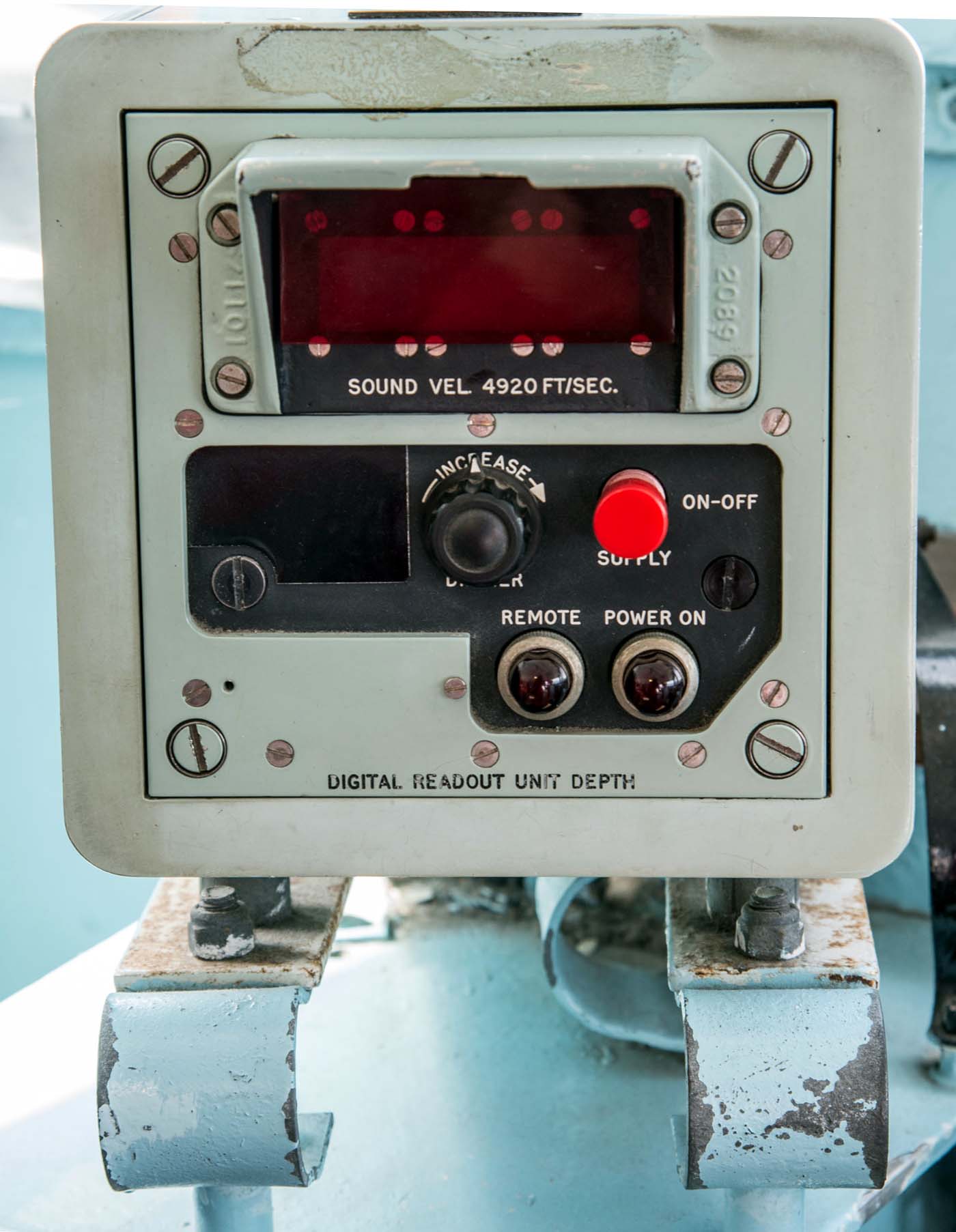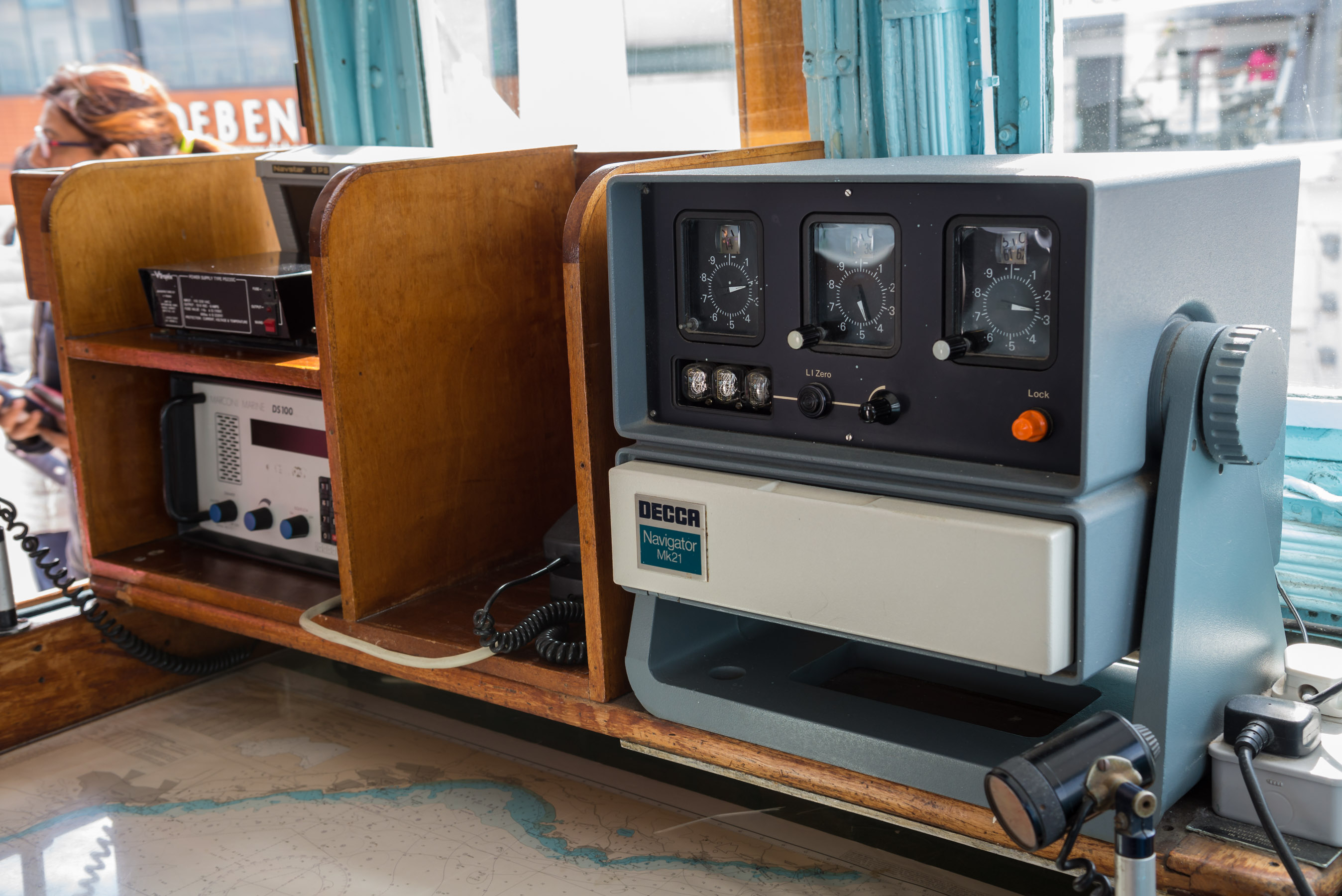COMMUNICATIONS CENTRE
![]()
![]()
On September 21/18, TV station WNED Ch 17) in Buffalo. New York aired a documentary on the Royal Yacht Britannia. This ship is part of the series titled "Great British Royal Ships". Included in the tour was a glimpse of the Communications Centre as it appeared when the ship was paid off in 1997. Your webmaster photographed some areas of the centre directly from a 42 inch flat screen TV. If anyone can help fill in the unknowns, please contact: jerry.proc@sympatico.caFrom the onset Britannia was designed to be a floating residence for the Royal family with a quick conversion to a hospital ship. As a hospital ship, Britannia could accommodate some 200 wounded military personnel. Not many people know this, but Britannia had a more important (but hidden) role other than providing a means of transport for the Royal Family. During the peak of the Cold War in the 1950s and 60s, it was feared that a nuclear Armageddon would destroy London and the British seat of government. To ensure the survivability of the government and to control the military forces, an emergency plan known as Python was devised. It designated five sites from which the government could operate from in case of nuclear attack. Britannia was one of those five sites. Britain's nuclear ICBM missile force could be controlled from any of those five sites. Initially, Python was classified but was declassified once Britannia paid off. .
During the Falklands war with Argentina, Britannia could not fulfil her role as a hospital ship due to cost. By 1982, the entire Royal Navy had converted over to ships which used diesel oil to fuel their engines. Britannia still burned Bunker C oil because she was steam driven. To dispatch a tanker to the Falklands filled with Bunker C would have simply been cost prohibitive. However Britannia did well in 1986 when she rescued some 1,082 foreign and British nationals who had congregated on a beachhead in Yemen, during that country's civil war.
As of 1997, Britannia was paid off and is now a museum ship in Edinburgh, Scotland. Since Wikipedia.org has an excellent writeup on HMY Britannia, readers are referred to that web site for any additional information. This web document will therefore focus on the ship's Communications Centre and Britannia's electronics fit during her service life.
The tour host is seen here entering the Communications Centre. The glare is a reflection from the cameraman's light . The silver coloured cabinet on the left housed the Inmarsat terminal.
Cabinet to the right (top) housed the type 643 transmitter while the right bottom cabinet housed the associated CJP receiver. Cabinet to the left housed two CJP receivers.
This is the Marconi Lodestar III , a Medium Frequency Direction Finding set. There might have been a different set here in 1954.
Telephone set.
This position is where the Rating-in-Charge of the Watch Desk sat..
This line selector box and dialer was part of Britannia's internal telephone system and similar to what was fitted in Buckingham Palace.
This distribution panel was used for feeding emergency power supplies to the Comms office.
The NATO stock number on the Filter Band Suppresser indicates that the equipment is of military origin.
Here we see the signal distribution side of the Communications Centre using the pigeon holes to the left of the presenter.
Dixie Deane served aboard HMY Britannia from 1957 to 1986. He recalls some of the older comm configurations. " Receivers - I think we had moved on from B28's and 29's to B40's and 41's. Transmitters were 600 type although a 603 was adapted especially for Redfones and was known as a DS9B. Royal Cyphers were not double encrypted but had there own individual Typex rotors and settings. Also, as a backup, there was a One Time Pad. The Royal Cypher Office was situated in the Royal Apartments as an annex to the Royal Clerks Officer
RADIO EQUIPMENT FIT FROM AROUND 1954
DEVICE COMMENT Four MF/HF transmitters Possibly model 600 .One set is provided with its own battery equipment for emergency use if all other power supplies, including emergency generator, fail. All transmitters are CW/Phone capable,. A link is provided for ship-to-shore telephone communication and on certain phones speech can be scrambled for security purposes if required. Four MF/HF receivers These might be the companion Admiralty B28s. Aerials Whip aerials were used in addition with wire aerials. The whips are situated on the bridge and on the sides of the funnel. The decorative caps on the tops of the masts are Type AJE aerial outfits designed to operate in the 225 to 449 MHz band. They were painted gold and only two out of three were functional. The third one was a dummy.
Facsimile Model unknown Sound Reproduction Equipment Model unknown. Fitted throughout the ship with a choice of three programmes.
RADIO/CRYPTO FIT WHEN PAID OFF (1997) Nigel Sullivan, ex CRS, provides an listing of the equipment fitted in Britannia's Communications Centre when the ship paid off in 1997.
2 x 640 HF/MF Transmitters 500 watt maximum power output ; 240 to 3 MHz' 1.5 to 24 MHz. The only equipment left onboard are the 2 x 640 main transmitters.
1 x 641/CJM HF Transceiver 100 watts (The 641 and CJM are separate links)
1 x 643/CJP HF Transceiver 100 watts
Several stand alone CJP receivers3 x UHF Transceivers. (Type unknown at this time) Low power used for ship-to-ship comms.
2 x 1202 VHF FM Transceivers. Frequency band 156 to 163 MHz . One was on the Bridge and one in the Comms Office. Used for radiotelephone calls to local coastal radio stations.1 x UK PRC 320 HF portable 30 watt HF transceiver
1 x UK PRC 344 UHF portable 2.5 watt transceiver2 x BID 580 Crypto
3 x BID 660 Crypto - By the 1970s, all comms were encrypted using BID660's or in some cases KW7's. All messages to and from the Queen were encrypted. as well as any state business. The BID660 equipment was replaced with a newer version prior to de-commissioning.1 x Satellite terminal (commercial Inmarsat).
NAVIGATION DEVICES and SYSTEMS Britannia was fitted with Decca Navigator Mk21 for navigation in European coastal waters. This would been after 1969.
 |
| Introduced in November 1969, the Deccca Mark 21 was the first receiver where everything was contained in a single box unit. Britannia paid off with this unit. (Photo from the collection of Walter Blanchard) |
 |
| Mk 21 Decca receiver with lower front panel door open. Download image to enlarge. (Photo by David Jones) |
NAVIGATION SYSTEMS AS OF 1954
| SYSTEM | COMMENTS |
| Loran A | Original model is not known at this time, nor is it known if Britannia was upgraded to Loran 'C' later on. |
| Decca Navigator | Original Mark is not known at this time. Upgraded to Mk 21 sometime after 1969. |
| Navigation Radar | Type 974 |
| Echo Sounder | Model unknown. |
| MF/DF | Original model is not known at this time. |
| Admiralty (Sperry type)
gyro compass |
The master gyro was situated on the platform deck under the bridge with repeaters to the Royal chart house, compass platform, wheelhouse, bridge wings, steering compartment and the emergency conning position. |
 |
| Port side forward view of the bridge The major pieces in this view are (L-R) Decca Mk 21 receiver, 974 radar display and the binnacle with voice pipe. Download image to enlarge. (Photo by David Jones) |
 |
| Closeup of the Echo Sounder digital display. This system determines the depth of the water beneathh the vessel. (Photo by David Jomes) |
 |
| Top left: NAVSTAR GPS unit
Bottom left: Marconi DS100 VHF radio (not to be confused with ICOM DS100) Right side, top and bottom: Decca Navigator, MK 21 (Photo by David Jones) |
SPECIFICATIONS Name: HMY Britannia
Radio Callsign: GQXC. Before 1953, this callsign was used by a small British merchant steamship called the RUSSELL.
Ordered: 5 February 1952
Builder: John Brown & Company
Laid down: 16 June 1952
Launched: 16 April 1953
Commissioned: 11 January 1954
Decommissioned: 11 December 1997
General characteristics
Tonnage: 5,769 GT
Length: 412 ft (126 m)
Beam: 55 ft (17 m)
Height: 123 ft (37 m) to top of mainmast
Draught: 15 ft (4.6 m)
Propulsion: 2 Pametrada steam turbines, 12,000 hp (combined)
Speed: 21.5 knots (39.8 km/h; 24.7 mph)
Range: 2,400 nautical miles (4,400 km)
Capacity: 250 guests
Troops: 1 platoon of Royal Marines
Crew: 21 officers and 250 Royal Yachtsmen
CREDITS or REFERENCES1) US Public Broadcasting System
2) http://www.godfreydykes.info/CALLSIGNS%202.htm
3) Dixie Dean <yachtieone(at)btinternet.com>
4) Extracts from "Her Majesty's Yacht Britannia" by Sir Victor Shepheard, K.C.B., R.C.N.C.(1954)
5) Nigel Sullivan <nige1sullivan(at)hotmail.com>
6) Type 640 Transmitter http://www.rnmuseumradarandcommunications2006.org.uk/CommsColLeft/Transmitters/103%20Type%20640/pdfs/640.pdf
7) Type 643 http://www.rnmuseumradarandcommunications2006.org.uk/CommsColLeft/Transmitters/106%20Type%20643/pdfs/643.pdf
8) CJM receiver http://www.rnmuseumradarandcommunications2006.org.uk/CommsColLeft/Receivers/92%20Rx%20CJM/pdfs/cjm.pdf
9) David S. Jones <dsjjones(at)bellsouth.net>
10) Andy Ashworth [andy(at)the-ashworths.org]
11) Greg Sayers [gregsayers1(at)gmail.com]
)Nov 25/19Back To Home Page